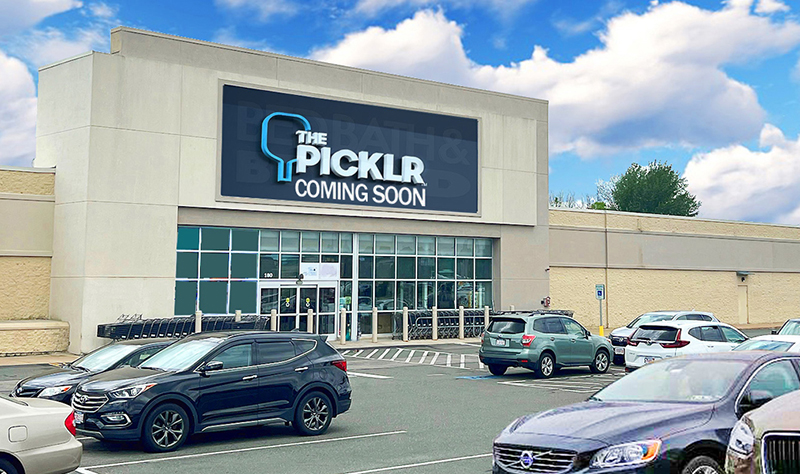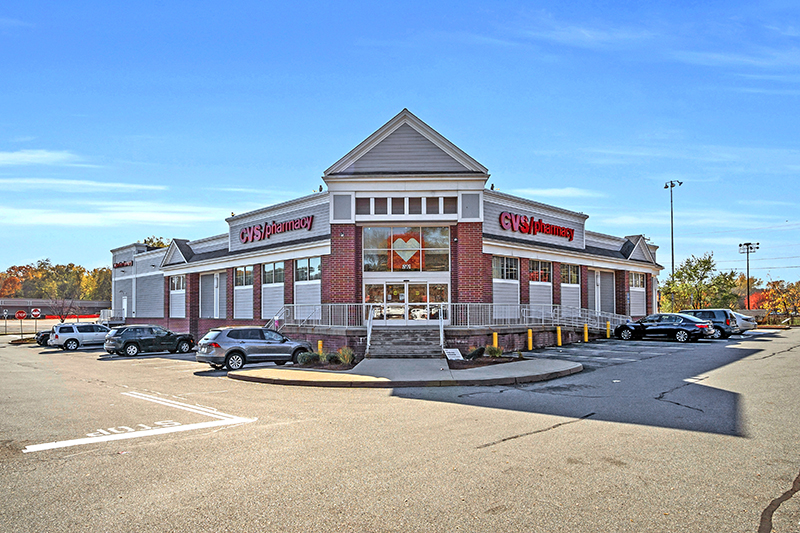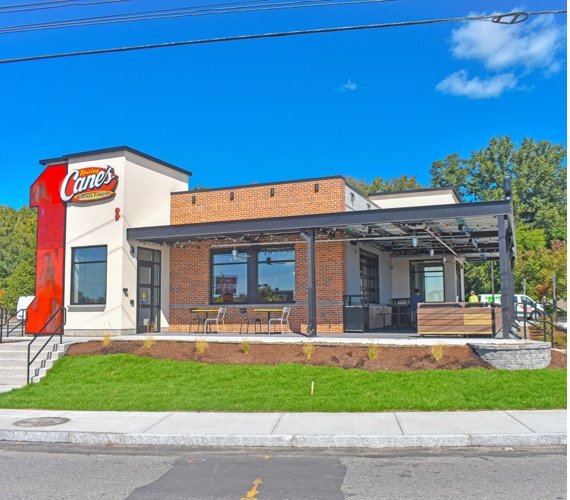The evolution, impact & potential of virtual tours of retail space - by Nathaniel Mallon

The goal of being able to show prospective tenants a space before they undergo an in-person visit has played a role in the real estate industry for decades. While simply taking a series of photographs had been the go-to method of achieving this for quite some time–with the internet allowing those photos to be accessed around the world–technology has remained at the forefront as it pertains to innovating this process. Until recently, the most advanced method of achieving this was to provide tenants with a video “walkthrough” of a space; today, the virtual tour is rapidly becoming the new standard.
Born of Convenience, Spurred by Necessity: This new standard was largely considered to be more of a convenience than a necessity until recent years. For prospective tenants of spaces local to them, the ability to view a location before seeing it in person was a means of greatly cutting down on time spent setting up appointments, aligning schedules, traveling to and from locations, and potentially moving at the slower pace of a group tour. However, following the pandemic’s outbreak in 2020, it quickly became a necessity for brokers to be able to showcase their properties remotely and for tenants to experience prospective spaces in a safe and healthy way. This combination of convenience and necessity is a significant contributor to what brought the virtual tour to fruition so quickly.
The accessibility that virtual tours present has been felt across every sector of the real estate industry. By using 360-degree cameras to visually document every inch of a space, modern technology can be used to stitch all of these images together to create a virtual recreation of entire buildings if needed. These recreations can be navigated at will through desktop computers and tablets, making it significantly easier to gauge the amount of available space without relying on dimensions or raw photographs. Furthermore, these tours are available 24/7 and do not require any additional software, meaning that these tours can reach an incredibly broad range of prospective tenants around the globe.
Unique Benefits for Retail: While the benefits of virtual tours are far reaching, the retail industry stands to gain particularly unique benefits. This is due in part to the unique needs of the retail sector itself; while the residential and office sectors place a significant emphasis on creating spaces for individuals to occupy for several hours at a time, retail spaces place a heightened emphasis on facilitating foot traffic, creating open spaces for vendors to showcase their products, ensuring that storefronts are inviting to passersby and several other factors that are generally not applicable across other classes. Further, the retail industry was faced with particularly difficult challenges following the pandemic due to the health risks associated with a large number of people passing through any given space per day. Virtual tours address many of these issues. At the most basic level, still photographs and slideshows are generally useful for understanding the layout of a space and what it may look like from the perspective the photo was taken. While video walkthroughs help to gain a better understanding of how large a space is and how easily a person can navigate it, this method is essentially an “on rails” experience that lacks the freedom for viewers to further investigate an area or section of a space that might catch their eye. Additionally, videos may sometimes require plugins, apps or specific browsers in order to view them, preventing them from being as accessible as the virtual tour.
Improving on Existing Methods: All of these points notwithstanding, the retail sector was making do with photos and video walkthroughs up until 2020. With in-person visits still being the truest way for prospective tenants to accurately gauge a space, these methods provided a way to at least gain a preliminary assessment of a space to decide whether it would be worth visiting. However, the onset of the pandemic meant that these in-person visits were often no longer possible. Even for those in the position to open an in-person business during the ensuing two years, it became increasingly difficult to determine whether a space would adhere to COVID regulations without visiting them in person. Through virtual tours, retailers are now able to more accurately assess the spatial dimensions of a space, including how it would look from the outside looking in and vice versa, without needing to rely on someone else digitally walking them through. Furthermore, the freedom to inspect and even measure certain aspects of a space, such as kitchens, the locations of HVAC devices, entrances and windows, made it simpler to address areas that may need renovation without having to personally perform inspections.
These benefits proved useful for the current post-pandemic era as well. For retail owners who knew that they would be opening a storefront in the coming six months, for example, the virtual tour enabled those individuals to make decisions well ahead of time. This was of further use to prospective retail owners who knew that they would be moving to a new location in the coming months; the availability of the virtual tour all but eliminated the need to make numerous trips to the new location until absolutely necessary, streamlining the leasing process and saving money and time for both tenants and brokers. Further benefits to brokers included the accompanying increases in sales, the ability to easily email their “tours,” to others and not needing to physically travel to perform tours unless necessary.
The virtual tour is here to stay, and for good reason. It is the logical next step in how spaces are showcased, providing the benefits of both still photos and videos with an increased accessibility and freedom that today’s prospective tenants demand.
For retail brokers, virtual tours are an invaluable asset in widening their audience and providing better service, and for tenants, it is the next best method of not only viewing, but experiencing a property. While the future may hold further touring innovations in the form of emerging tech such as the metaverse, today’s successful retail brokers and owners have embraced the virtual tour.
Nathaniel Mallon is co-founder of Verada, Brooklyn, N.Y.
Mace of KeyPoint Partners negotiates 36,192 s/f lease for The Picklr at Endicott Square
Danvers, MA KeyPoint Partners (KPP) negotiated a lease with the nation’s premier indoor pickleball venue The Picklr at Endicott Sq. Vice president of retail brokerage Don Mace negotiated the transaction on behalf of the landlord.





.jpg)


.png)